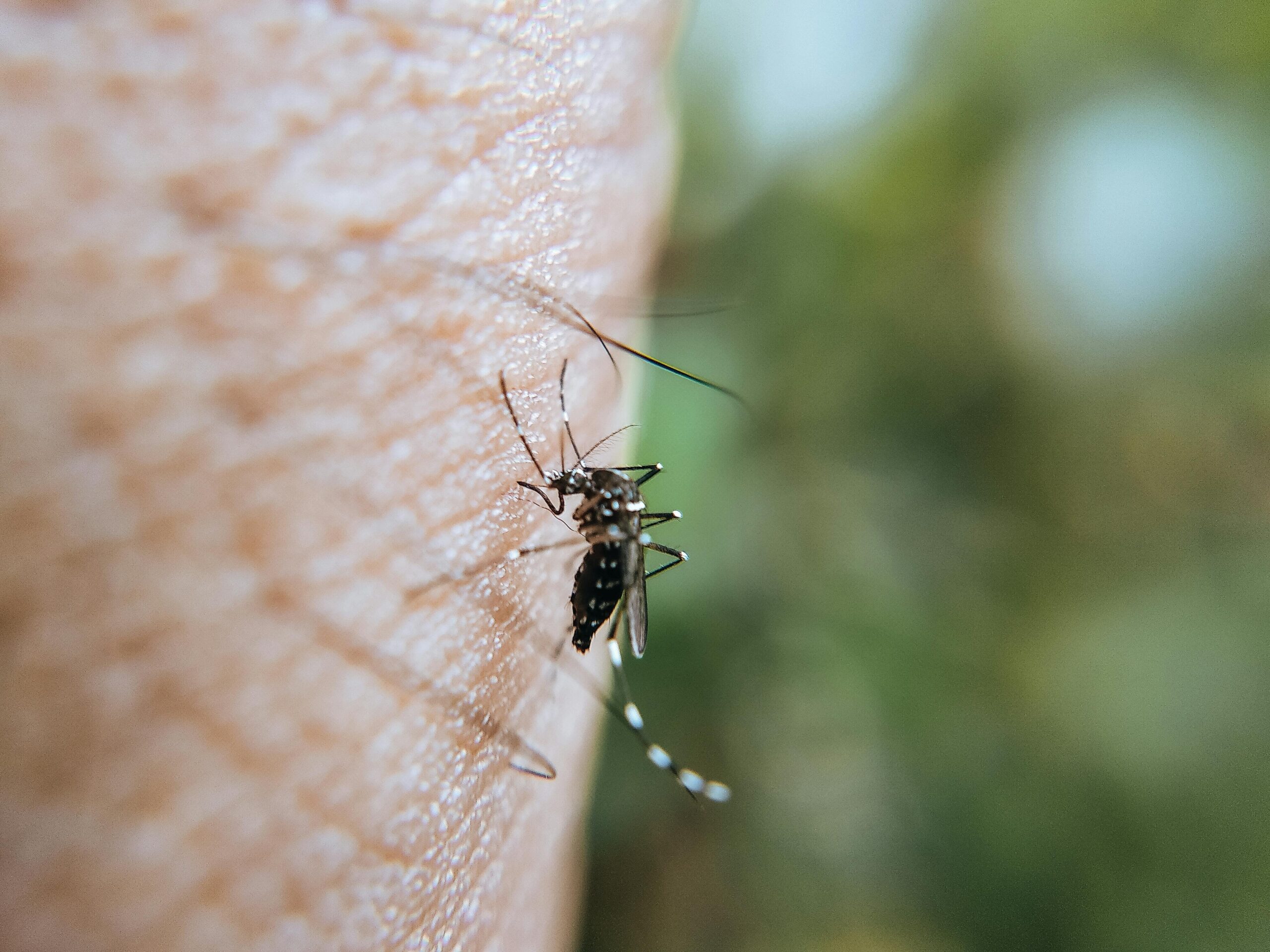All About Mosquitoes
Mosquitoes are small, winged insects that are notorious for their biting habits. Female mosquitoes require blood meals to produce eggs, and in the process, they can transmit serious diseases to humans and animals. Effective mosquito control is crucial for preventing these diseases and reducing the nuisance of their bites.
What are Mosquitoes?
Definition: Mosquitoes are slender, long-legged insects belonging to the family Culicidae. With over 3,700 species worldwide, they are characterized by their piercing mouthparts (proboscis) used for feeding.
General Information: Mosquitoes undergo complete metamorphosis with four life stages: egg, larva, pupa, and adult. They are highly adaptable and found in diverse environments. Female mosquitoes feed on blood, while males feed on nectar. Some mosquito species are vectors, meaning they can transmit pathogens that cause diseases.
How to Identify Mosquitoes
Appearance: Adult mosquitoes have a distinct appearance with slender bodies, long legs, a pair of wings, and antennae. They typically range in size from 2 to 15 mm. Coloration varies depending on the species, but they are often gray, brown, or black, and some may have white or metallic markings.
Images: [Include clear images of mosquito eggs, larvae, pupae, and adults]
Similar Pests: Mosquitoes can be confused with other small flying insects such as midges and crane flies. However, mosquitoes are distinguished by their piercing proboscis, scale-covered wings, and characteristic flight patterns.
Activity and Seasonality
Active Seasons: Mosquito activity is highly dependent on temperature and climate. In tropical regions like the Philippines, mosquitoes can be active year-round. In temperate climates, they are most active during the warmer months (spring and summer).
Lifecycle: Mosquitoes have a four-stage lifecycle:
- Egg: Laid in standing water or damp areas.
- Larva: Aquatic and known as “wrigglers.”
- Pupa: Also aquatic; a non-feeding stage.
- Adult: The flying stage. The entire lifecycle can take a week to several weeks, depending on environmental conditions.
Where to Find Mosquitoes in or Around Your House
Common Habitats: Mosquitoes are commonly found in and around areas with standing water, as this is where they breed. Outside, this includes:
- Marshes and swamps
- Clogged gutters
- Old tires
- Bird baths
Inside the home, they can be found in:
- Potted plant trays
- Areas with poor ventilation
- Dark, humid places
Specific Hiding Spots: Mosquitoes tend to hide in:
- Dense vegetation
- Underneath decks
- Inside containers
6. How to Get Rid of Mosquitoes
Immediate Action:
- Eliminate standing water sources.
- Use insect repellent.
- Wear protective clothing.
Professional Treatments: Pest control services can provide effective mosquito control through:
- Larviciding (treating water sources to kill larvae).
- Adulticiding (spraying to kill adult mosquitoes).
DIY Methods:
- Use mosquito traps.
- Citronella candles.
- Ensure proper screening on windows and doors.
How to Prevent Mosquitoes
- Preventive Measures:
-
-
- Regularly empty containers that can hold water.
- Maintain swimming pools.
- Use mosquito repellent when outdoors.
-
- Home Maintenance:
-
-
- Clean gutters to prevent clogs.
- Repair leaky faucets.
- Keep vegetation trimmed.
-
- Long-term Strategies:
-
- Encourage natural predators of mosquitoes (e.g., dragonflies, fish).
- Consider professional mosquito control services for ongoing management.
Suggested Blog Posts
-
- Related Articles:
Conclusion
Mosquitoes are a common pest that can transmit diseases and cause significant discomfort. Effective control involves eliminating breeding sites, using repellents, and employing professional pest management when necessary.
If you’re dealing with a mosquito infestation, contact us today for a free consultation and an effective treatment plan.
